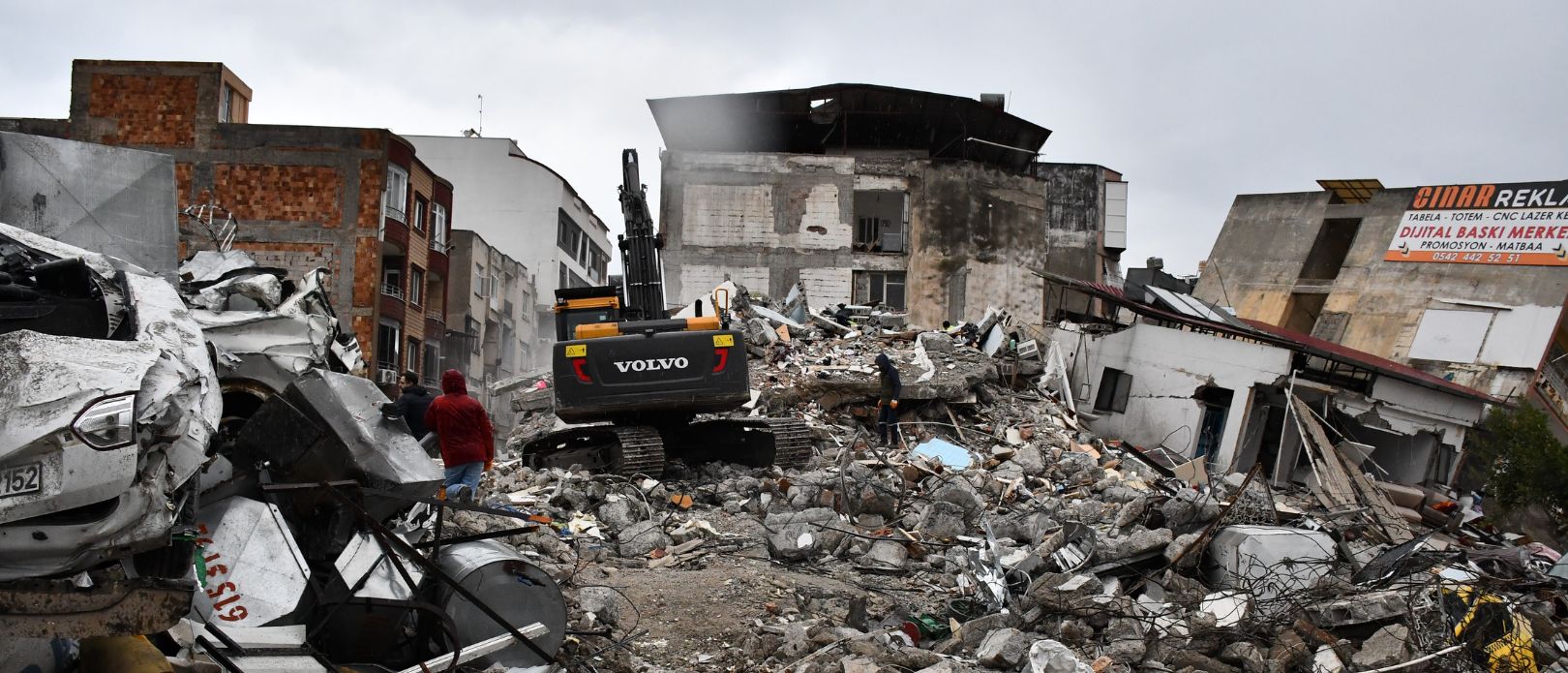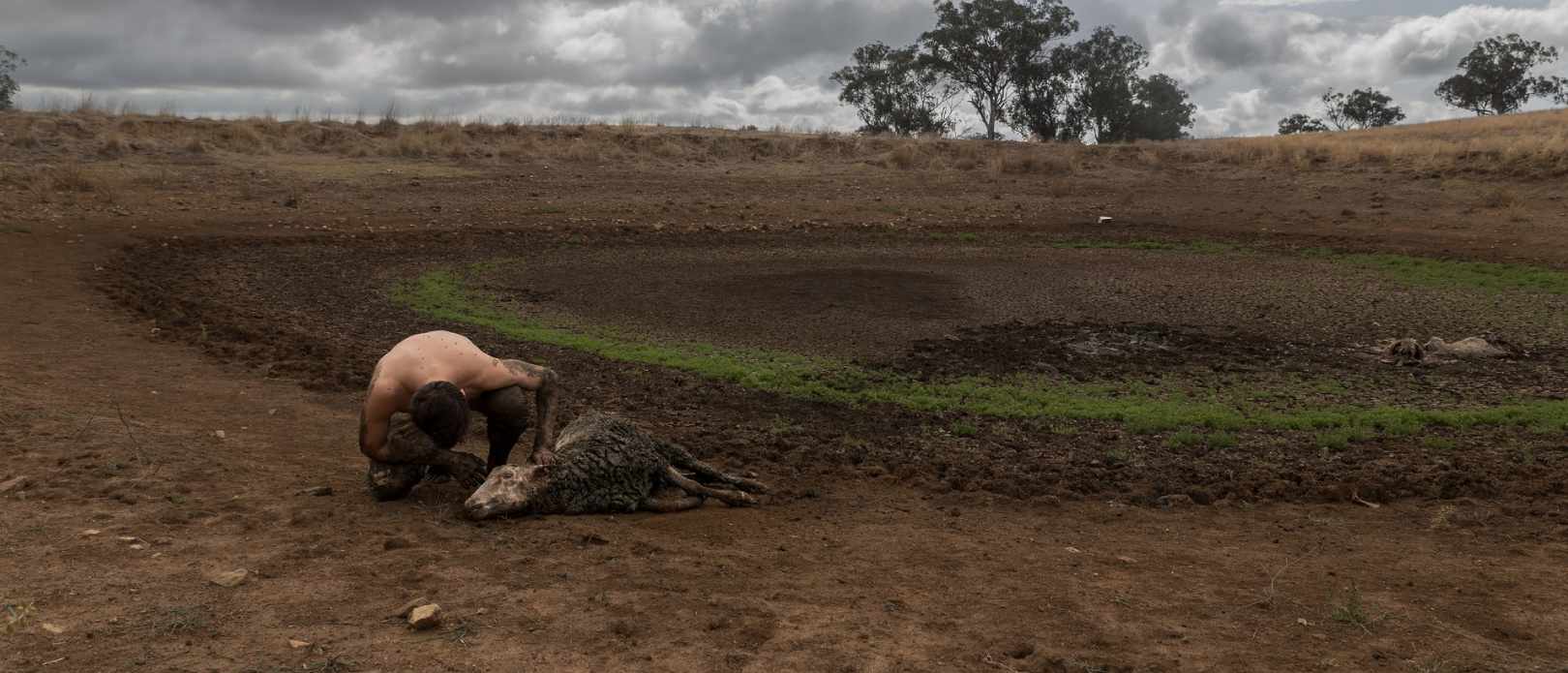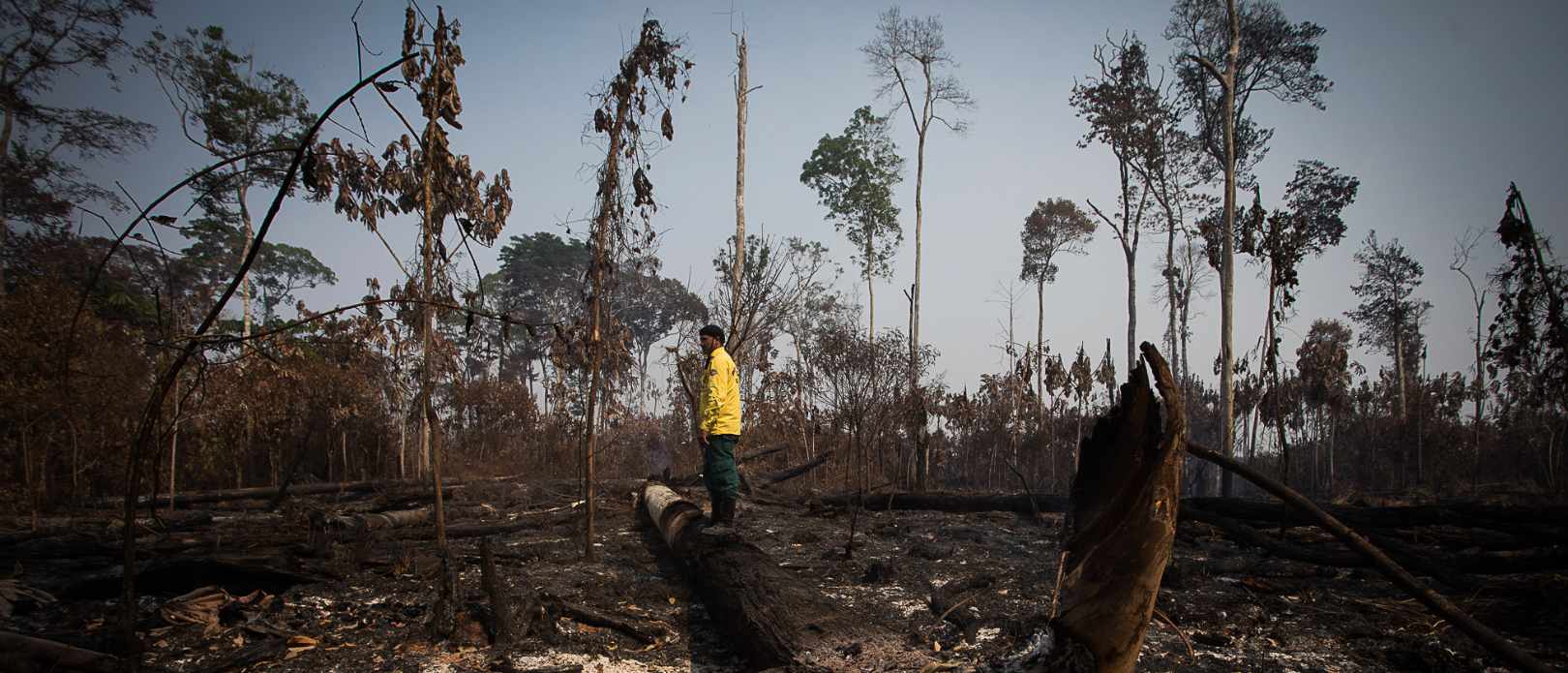Risks in the Anthropocene
World is set to miss UN targets for preventing deadly disasters

İskenderun in the Hatay province in Türkiye was severely hit by the earthquake on 6 February 2023. Photo: Çağlar Oskay via Unsplash.
The global toll of disasters like the recent earthquake in Türkiye and Syria is on the rise because of a breakdown in communication between scientists and governments, according to a new report
- Countries are doing too little to prepare for and reduce the impact of such shocks and hazards
- More than half of the World’s countries still do not have adequate systems for monitoring disaster risks
- There is an urgent need for a sustained focus on building resilience, according to the report
It’s been only weeks since Türkiye and Syria were hit by a 7.8-magnitude earthquake. More than 46 000 have died, even more have lost their homes, and the anticipated economic losses might lie beyond 80 billion USD. This earthquake is only the latest example of an increasing number and scale of disasters.
Now, a new report shows that the World is doing too little to prepare for and reduce the impact of such shocks and hazards.
Risks are outpacing our capacity to anticipate, manage and reduce the impact of disasters as they cascade through people’s lives, livelihoods, build infrastructure, environments and socio-economic systems.
Centre researcher and co-author Victor Galaz
In the report, the International Science Council, a non-governmental organisation, reviewed the UN’s disaster framework midterm. They find that there is a lack of long-term planning and investment, which has put the world off track from reducing the impact of shocks and hazards.
“Risks are outpacing our capacity to anticipate, manage and reduce the impact of disasters as they cascade through people’s lives, livelihoods, build infrastructure, environments and socio-economic systems,” says centre researcher Victor Galaz who is one of the report’s co-authors.
Lack of monitoring systems
According to their analysis, more than half of the World’s countries still do not have adequate systems for monitoring disaster risks. Also, only five per cent of official development disaster aid was invested in risk reduction and preparedness between 2011 and 2022.
Since 1990, more than 10 700 disasters worldwide have affected more than six billion people, according to the report. The growing severity of extreme events is a setback for development gains in many parts of the world. The scientists calculate that the direct economic losses caused by disasters have increased from an estimated 70 billion USD in the 1990s to 170 billion USD in the 2010s.
The Sendai Framework for disaster risk reduction was agreed upon by the UN in 2015. Its goal is to reduce the human, economic and social cost of disasters by 2030.
Building resilience
“There is an urgent need for a sustained focus on building resilience. We must halt and reverse environmental degradation and restore nature’s capacity to absorb shocks and adapt to changing conditions,” says Victor Galaz.
He continues:
“Nature and biodiversity play a crucial role in both reducing the likelihood of disasters and equipping communities and ecosystems to withstand shocks.”
Mangrove forests are one example. They can prevent damage caused by flooding at the same time as they create opportunities for sustainable livelihoods. Research suggests that investing in preserving and restoring these ecosystems can generate 10-fold returns.
READ Report for the mid-term review of the Sendai Framework for disaster risk reduction
International Science Council. 2023. Report for the mid-term review of the Sendai Framework for disaster risk reduction. Paris, France. International Science Council.








